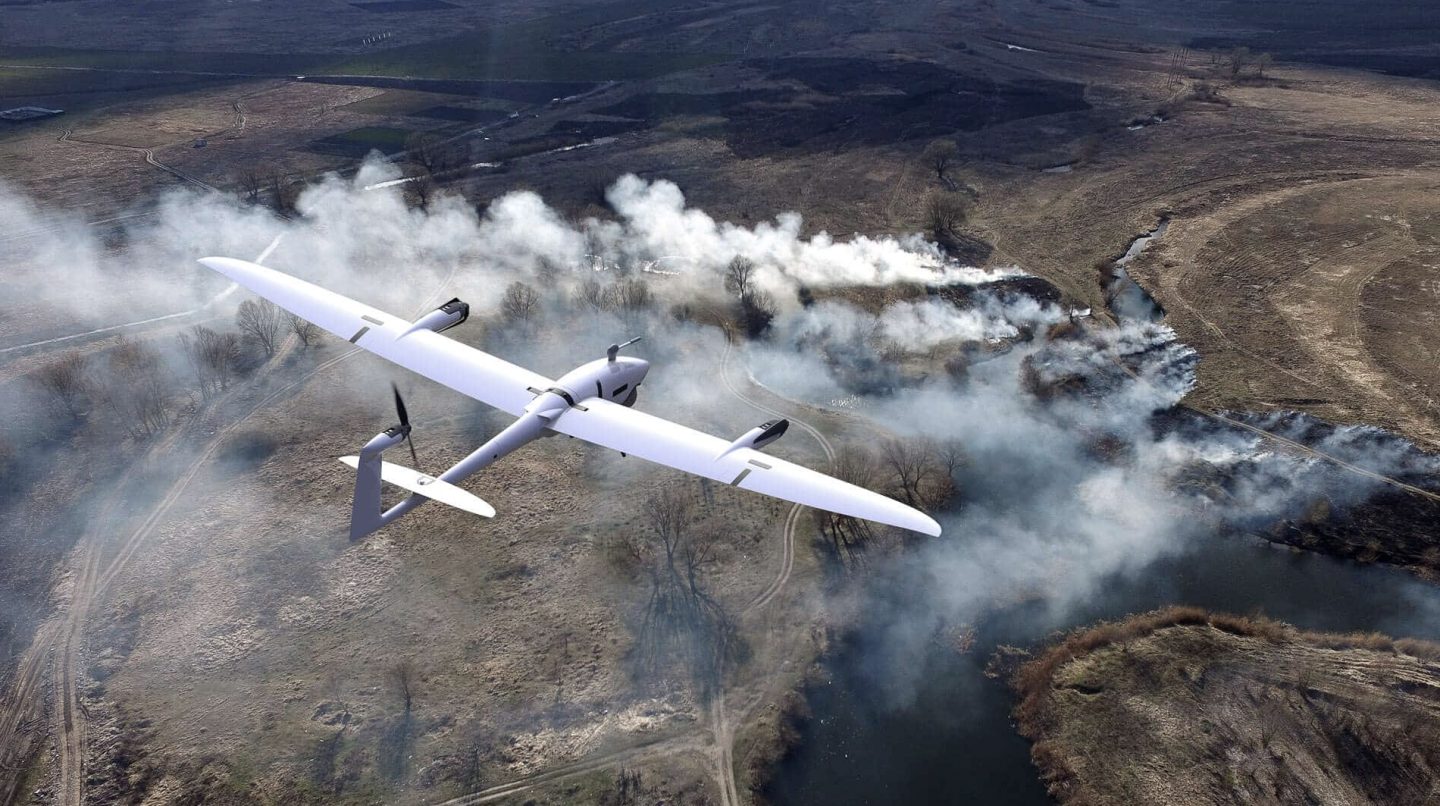Ukraine, having achieved a remarkable hundredfold increase in domestic drone production this year, is now directing its efforts towards a similar triumph in the realm of electronic warfare (EW).
Mykhailo Fedorov, recognized as the driving force behind the success of drone production and serving as Ukraine’s Minister of Digital Transformation, is keen on replicating this achievement, particularly given the susceptibility of drones to electronic warfare.
During a CNN interview conducted in Kyiv, Fedorov detailed an ambitious plan that extends beyond merely expanding the production of unmanned aerial vehicles (UAV) and electronic warfare (EW). Instead, the strategy substantially overhauls the overall approach to electronic warfare.
The motivation stems from the critical role electronic warfare plays, especially as drones frequently fall victim to EW attacks. Fedorov underscores the need for intelligent integration of electronic warfare as a protective layer on the battlefield.
He advocates for a cautious approach, avoiding oversaturation, and instead supports the development of remotely controlled EW systems designed to target enemy equipment specifically.

This approach mitigates the risk of “electronic fratricide,” a concern that arose on the Russian side, leading them to scale back EW efforts to safeguard their communications in the early days of the conflict.
The minister acknowledges that the most crucial task is acquiring the technology necessary to program drones for large-scale targeting of enemy electronic warfare equipment.
Currently, the widespread sharing of viral videos depicting successful drone strikes on social media by Ukrainian troops acts as priceless material and functions as practical guides for recognizing Russian antennas on the battlefield.
Nonetheless, the impact of these endeavors extends beyond Ukraine, providing insight into the evolving nature of modern warfare. This represents a future where electronic warfare seamlessly integrates into conventional force operations.
Recognizing the importance of electronic warfare, the Pentagon has stated that the United States is actively reviewing and adjusting its strategies in this field and acknowledging it as a fundamental element of present-day and future military engagements.
Russia’s Dominance In Electronic Warfare
The conflict in Ukraine marks the first instance of a recent war between two comparatively advanced armies that extensively employ electronic warfare capabilities, adapting and evolving techniques.
Yet, Ukraine is in a race to narrow the gap with Russia’s expertise in electronic warfare (EW). Moscow employs a multifaceted approach in electronic warfare, with tactics such as jamming and “spoofing” GPS taking center stage within the Kremlin’s playbook.
These strategies, designed to mislead enemy drones or missiles, significantly disrupt radar, radio, and cell communications.
Ukraine’s sophisticated Western-supplied precision-guided weapons have also become vulnerable due to the interference of Russian jammers.
This vulnerability is particularly evident in guided missile systems like HIMARS, which heavily lean on GPS for accurate targeting. In contrast, the older unguided weapons, commonly found in Soviet-era stockpiles before 2022, are less susceptible to such electronic warfare interference.

Several experts and Ukrainian authorities highlight Russia’s comprehensive integration of electronic warfare into its military operations. Valery Zaluzhny, Ukraine’s Commander-in-Chief, underscored Russia’s extensive production of what he labels “trench electronic warfare.”
This involves saturating the tactical level of its troops with these capabilities and enabling Russia to maintain a notable superiority in electronic warfare, even in the face of equipment losses.
Zaluzhny also pointed out the diminished capability of American-made Excalibur shells due to their vulnerability to enemy electronic warfare.
However, while acknowledging the impact of Russian jamming on specific US-supplied systems like HIMARS rocket launchers, Pentagon spokesman Maj. Charlie Dietz confirmed their continued operational efficiency.
He said that ongoing efforts are focused on promptly re-engineering and updating these systems to counteract the effects of electronic warfare jamming.
Meanwhile, Ukraine is countering Russia’s extensive expertise in electronic warfare, shaped over a century of Soviet knowledge, with an innovative approach reminiscent of Silicon Valley’s startup culture.
The strategy involves harnessing the agility of the country’s tech workforce to rapidly conceive, test, and deploy electronic warfare products on the battlefield.
In June 2023, Ukraine’s government spearheaded a hackathon and invited companies to collaborate on developing methods to disrupt Iranian Shahed drones.
These long-range unmanned aerial vehicles have been employed to target cities deep within Ukraine, necessitating the urgent creation of adaptive electronic warfare solutions.
- Contact the author at ashishmichel(at)gmail.com
- Follow EurAsian Times on Google News




